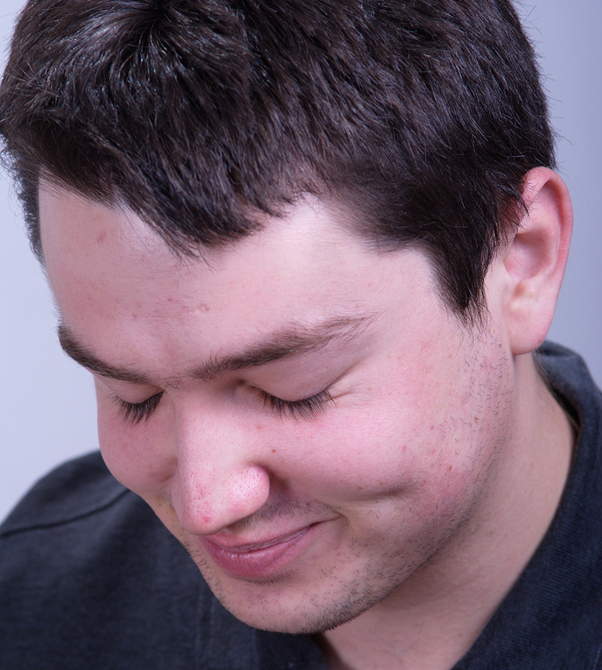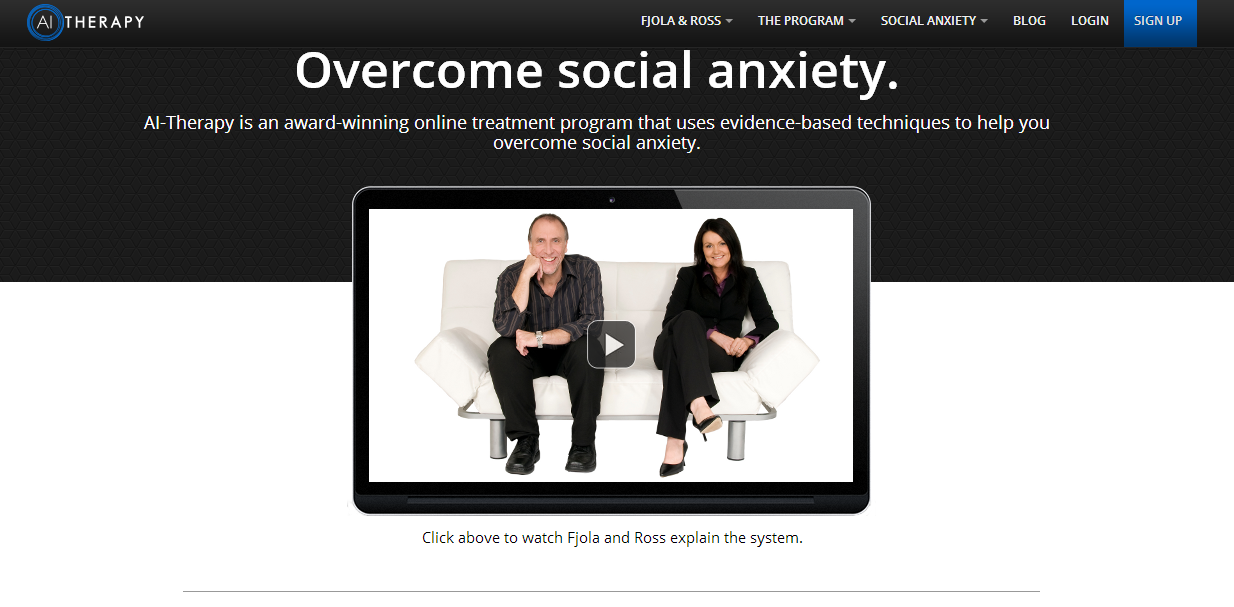After my first year of university in Iceland, I decided I wanted to go traveling over the summer break. At the time, backpacking to Asia hadn’t really taken off in Iceland, so most people thought I was absolutely insane. However, I had set my mind and excel file to it, so there was no stopping me. After a year of working nights at a psychiatric hospital and eating nothing but pasta, I said goodbye to my teary family and set off into the big unknown world!
I traveled to Japan, South Korea, China, Mongolia, Philippines, Brunei, Singapore, Indonesia, Malaysia, Thailand, Cambodia, Vietnam, and Hong Kong, and it was all amazing. There is no better way to learn about people than to travel to different cultures. In fact, I think I learned more about people on that trip than during my first few years of studying psychology.
“I got scammed in Thailand” is the story that most people like to hear about.
After coming back from a big backpacking trip, people often want to hear about the tough stuff. The tricky situations, the scams, the bad food, bed bugs, etc. These usually make the best stories, so obviously you don’t give equal weight to the 95% of the trip that ran smoothly. Unfortunately, focusing on these stories can have a negative side-effect. It can fuel the fears that others have about unknown places. You should always be aware of this negative bias when you are gathering information about a place you want to visit.
Speaking to locals in other countries can give an interesting perspective on negative biases
It can be very interesting to talk to people in other countries about their impressions of where you come from. For example, few years back I traveled through a country called Turkmenistan (don’t worry if you haven’t heard of it – I hadn’t either). I took the picture below one night when we camped next to the Derweze gas crater.

Turkmenistan is both fascinating and terrifying at the same time. A quick read about the terrible human rights violation gives you an idea of what I mean. However, I had a conversation with a local girl that made an impression on me. She had been invited to study arts in Seattle, but turned it down because in her mind, the US is far too dangerous to visit.
This was an eye opener to me, as I felt much more vulnerable in Turkmenistan than I ever have in America. It was a great illustration of the idea that we often overestimate the dangers associated with things we’re unfamiliar with.
What is the lesson in this? Don’t let your fear of the unknown or familiarity biases stop you from going outside your comfort zone. Life is too short!

Fjola Helgadottir, PhD, MClinPsych, is a clinical psychologist, a senior research clinician at the University of Oxford, and is a co-creator of AI-Therapy.com, an online CBT treatment program for overcoming social anxiety






